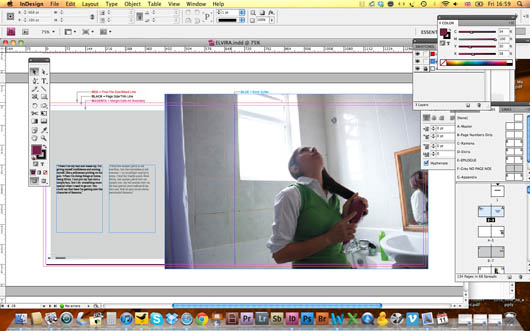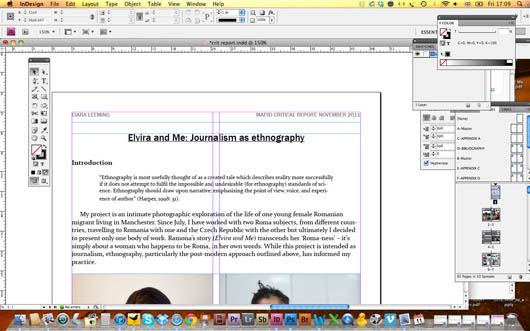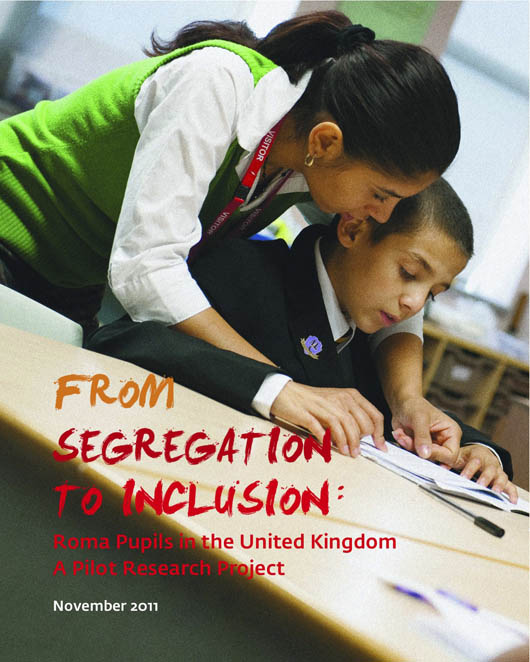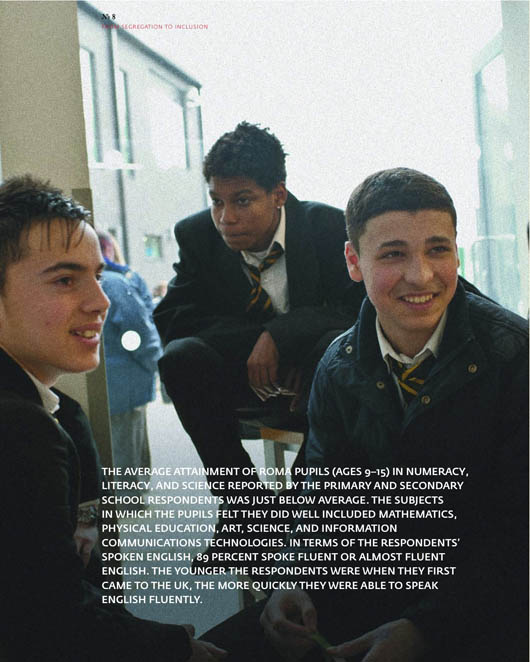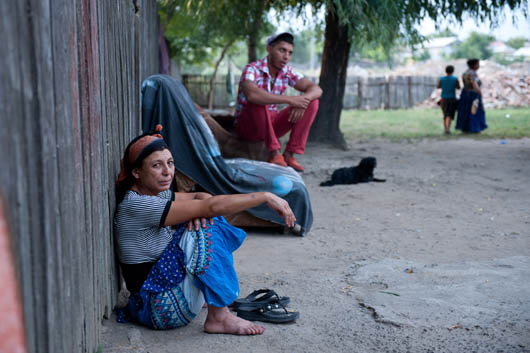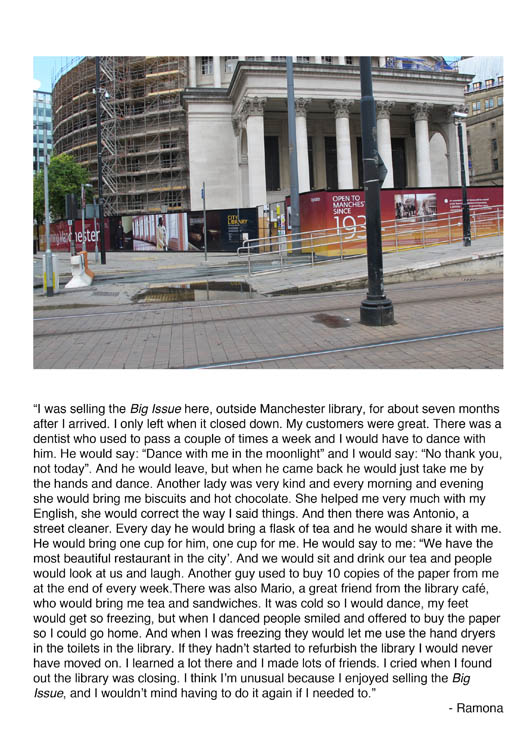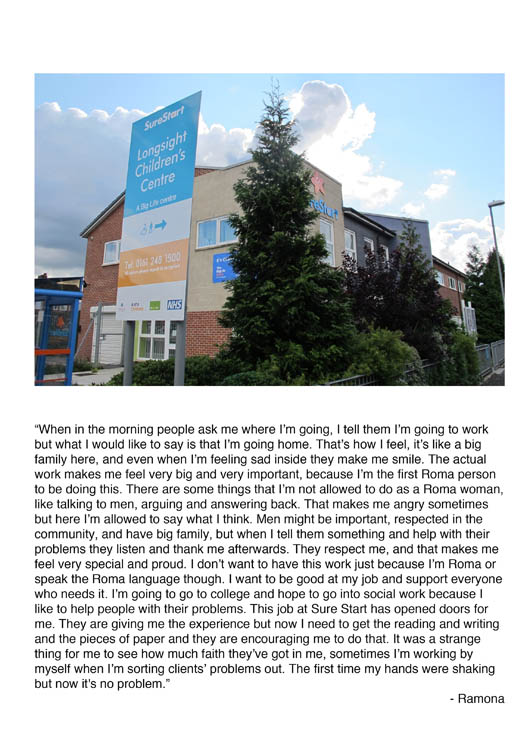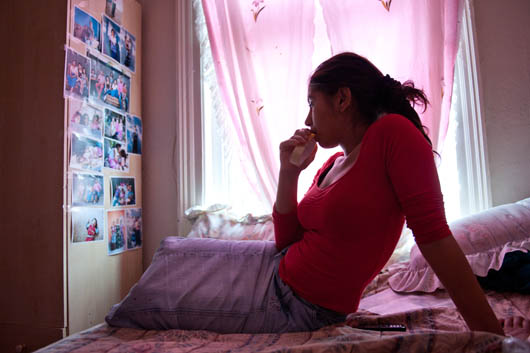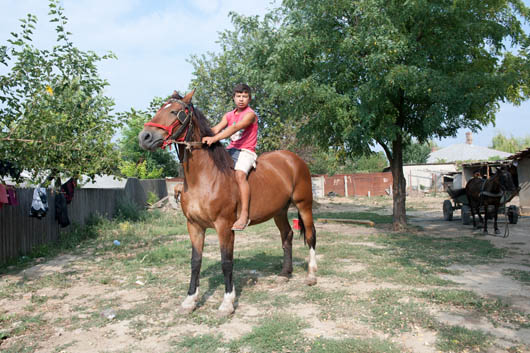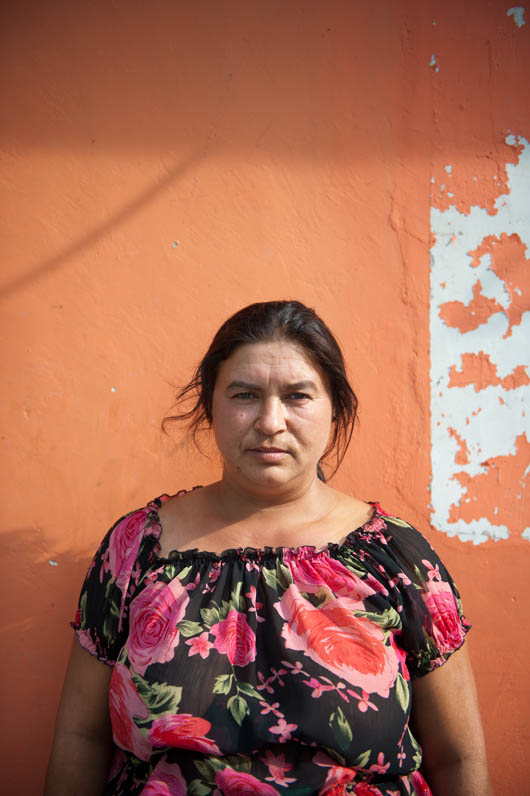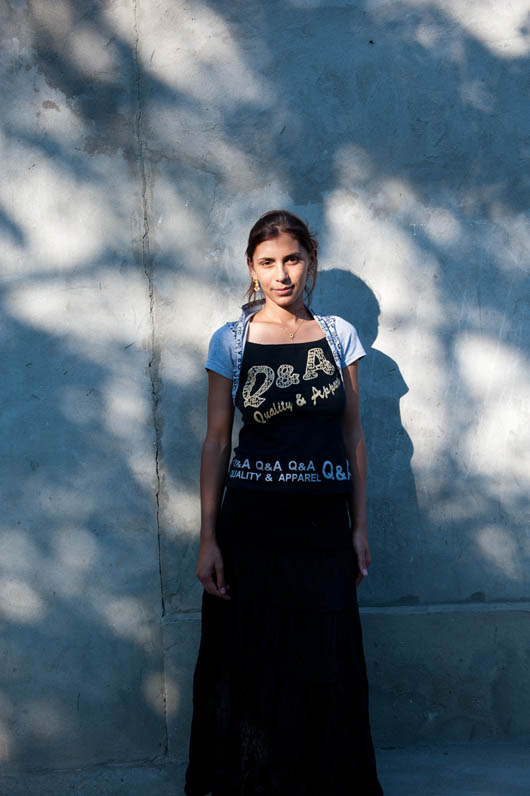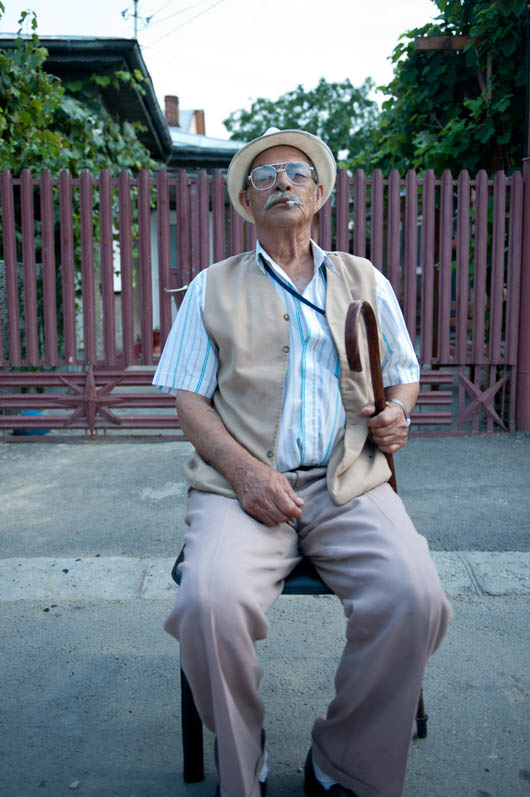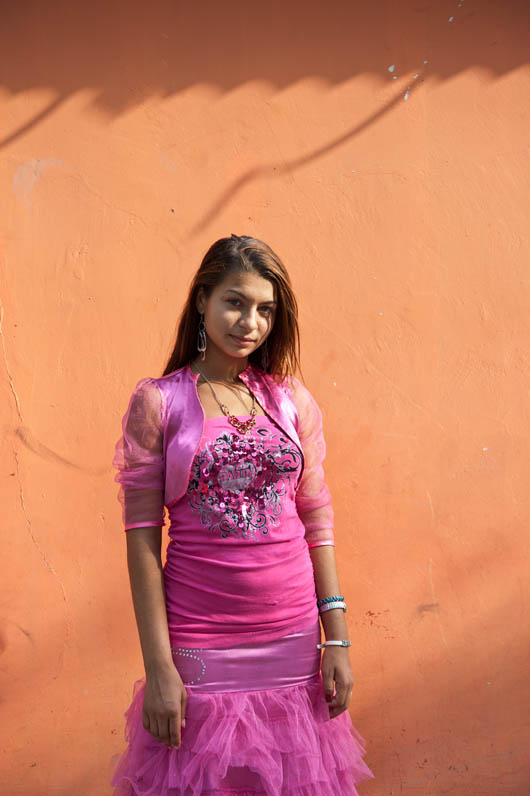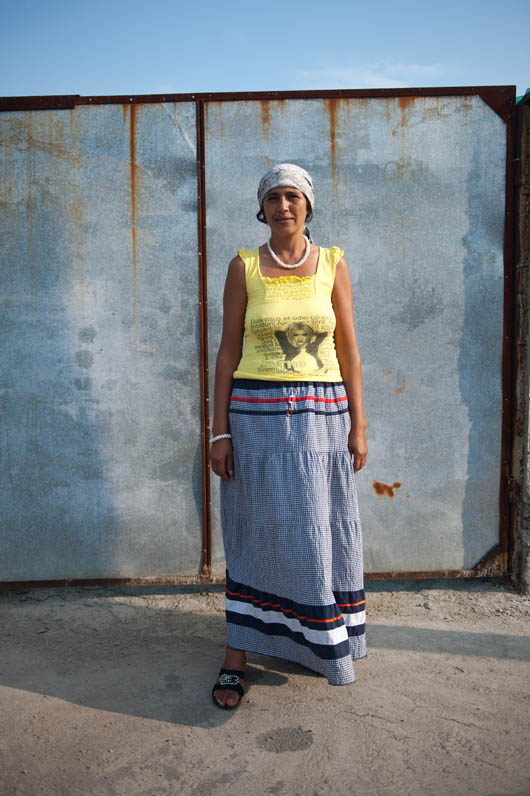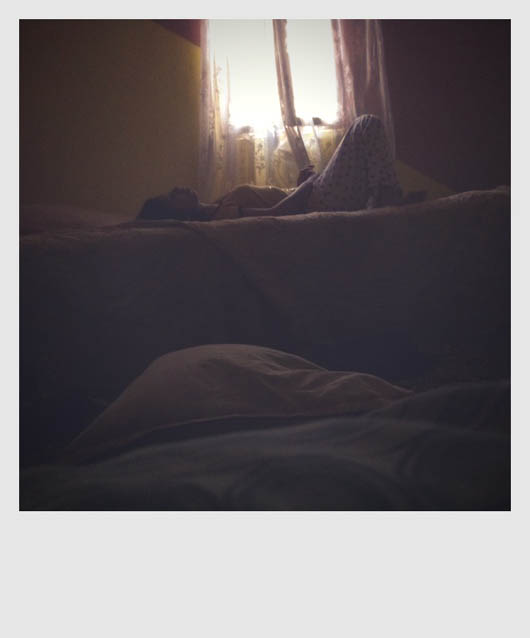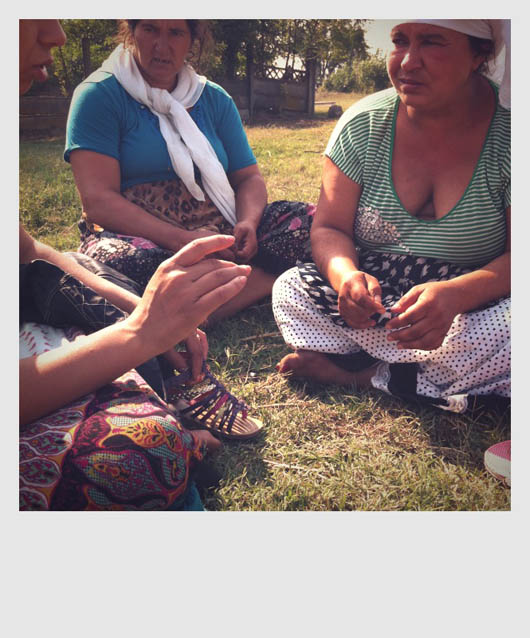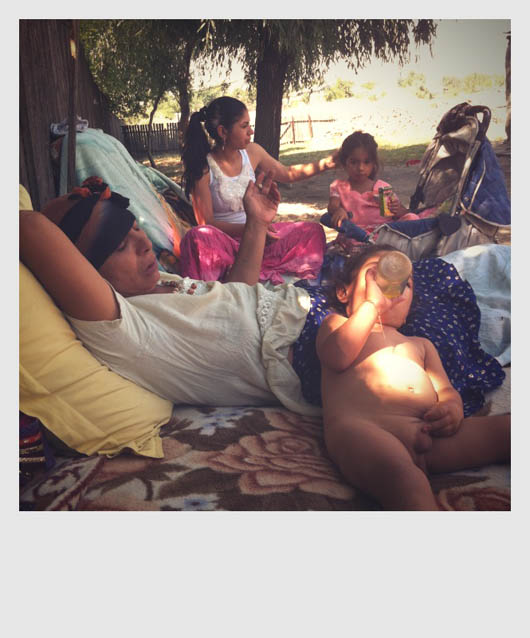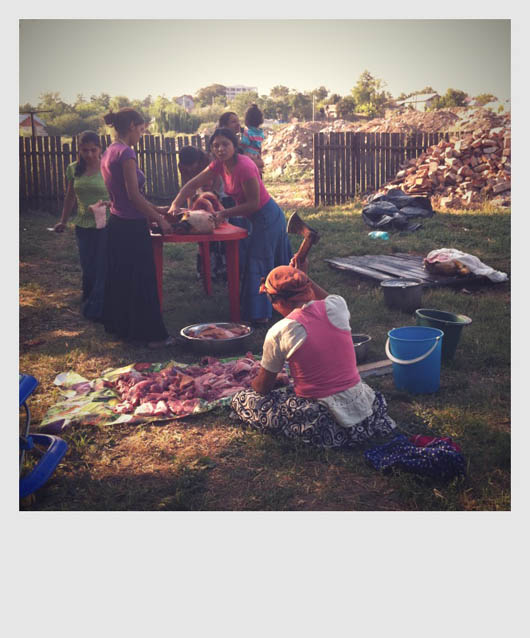So. It’s over. I’ve submitted all my MA work and now just need to physically hand my book in on Monday. Most importantly for me though, this afternoon I’ve given Ramona her hardback copy – which I wanted to do before I shared it online. The reaction was very positive and I am so glad I had the project translated into Romanian (cu multe mulţumiri Daniel şi Dorothea!) because members of her family were immediately able to check it out for themselves…who knows, maybe they will learn something about her.
But now I’m doing that thing which I so often do with my own work – I’m mentally over it before I’ve even showed it to anyone. The dissemination part is something I am fairly weak at, since if I’m honest I shoot/cover stories primarily to indulge my own curiosity. I stick things on my blog and show them to the few colleagues I know well but beyond that am never quite sure what to do with my personal work. Anyway I think this is actually the first time that I’ve been truly proud of a body of work, and I finally feel I’m really saying something worthwhile – no doubt because this project is a collaboration – all I’ve done in this case is act as facilitator, supporting someone else to represent themselves. I intend this to be the start of a larger body of work on the UK’s new Roma communities.
Please check out my book layout.
A couple of short clips of Ramona talking can be seen below – she has such an amazing voice that it seems criminal not to share her words. These are not part of my MA submission….
and
